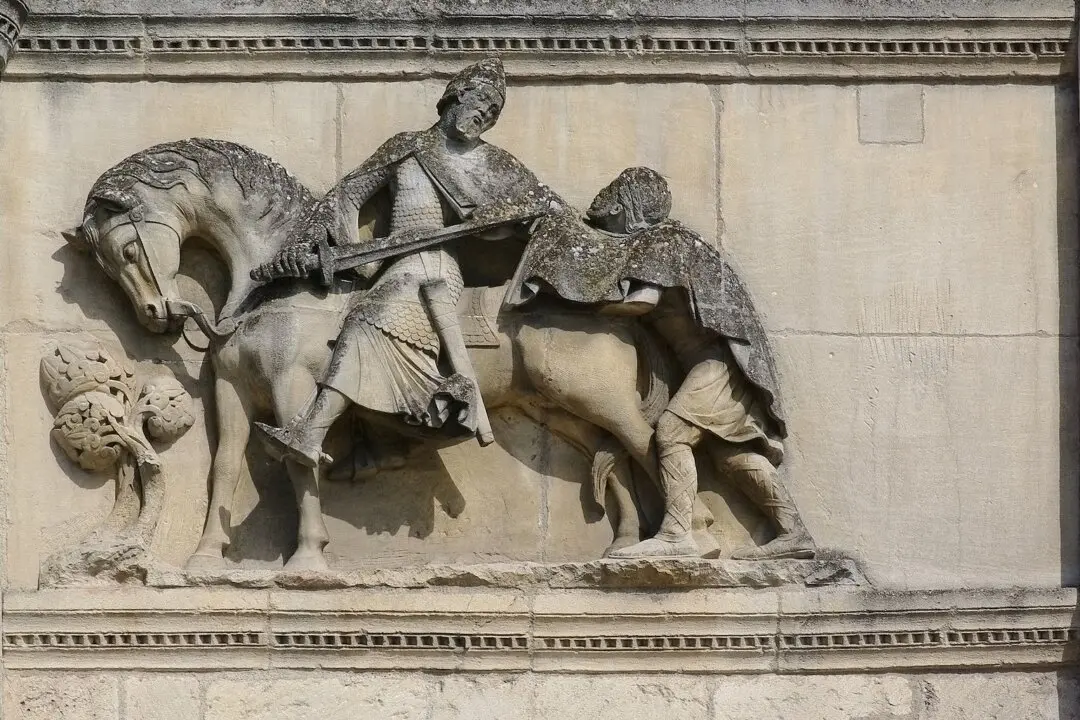In the Victorian language of flowers, eglantine has two meanings: “poetry” and “I wound to heal.” At a glance, the two meanings have nothing to do with one another, except that the latter is a paradox, a rhetorical device frequently used in poetry. The poetry of St. John of the Cross particularly employs this figure of speech, but he does so with the intention of demonstrating a particular theological reality. For St. John, the most perfect, divine love is that love which wounds to heal.
The Poetry of John of the Cross: Love in the Language of Paradox
The Carmelite mystic and reformer of his order gives poetic expression to his experience with God.

“The Healing of Tobit,” 1640, by Bernardo Strozzi. The poems of St. John of the Cross express how God may wound in order to heal. Public Domain
Marlena Figge received her M.A. in Italian Literature from Middlebury College in 2021 and graduated from the University of Dallas in 2020 with a B.A. in Italian and English. She currently has a teaching fellowship and teaches English at a high school in Italy.
Author’s Selected Articles





